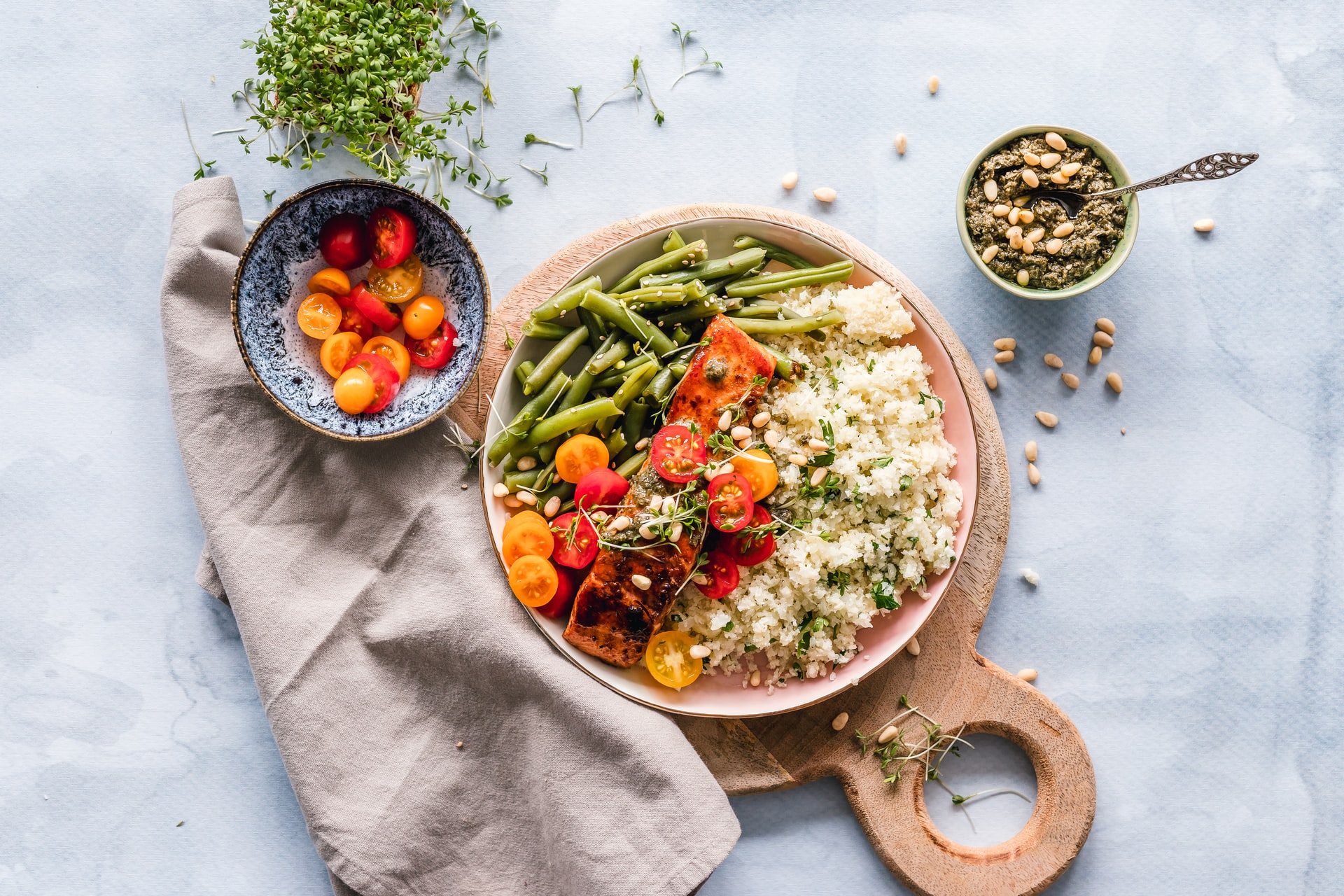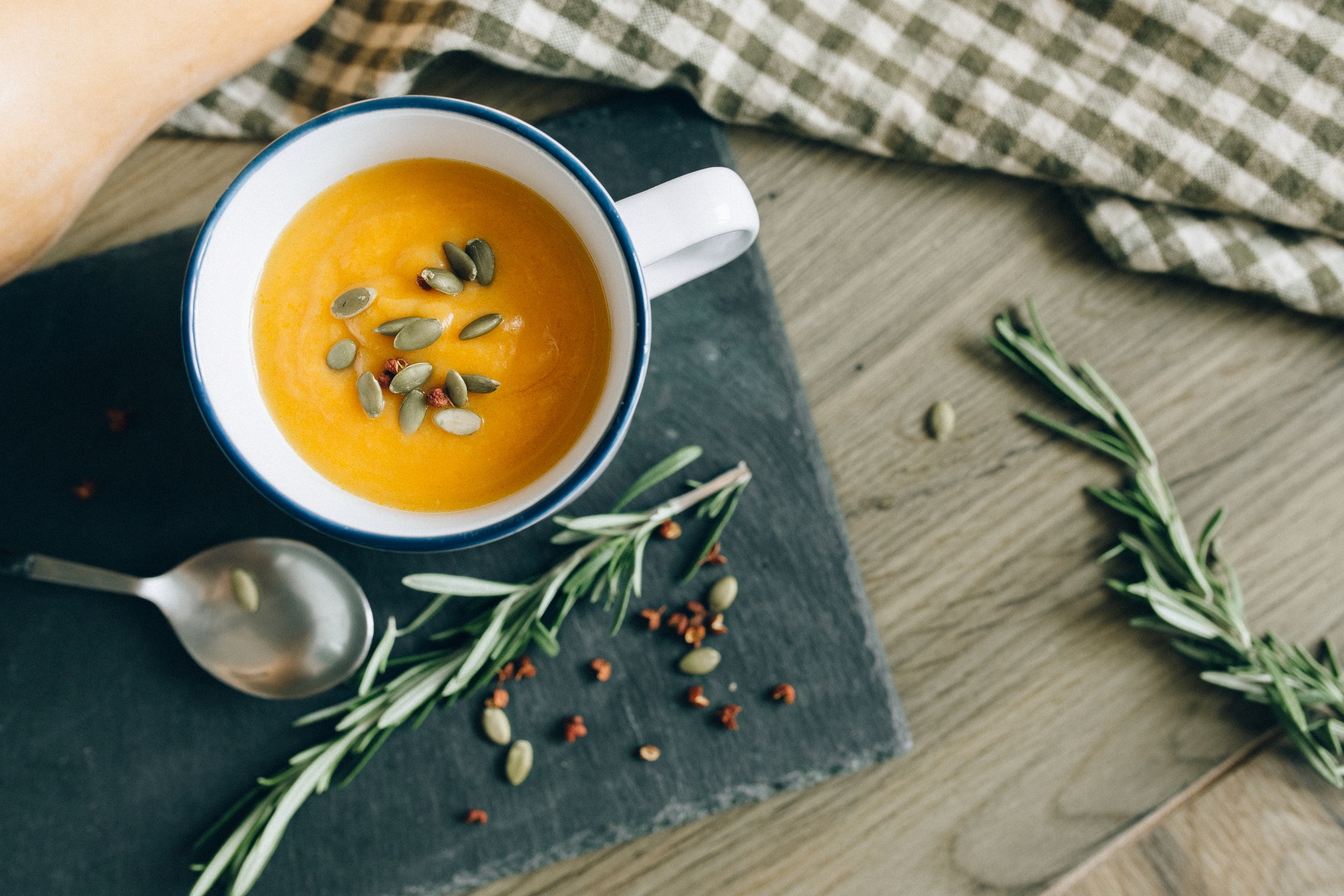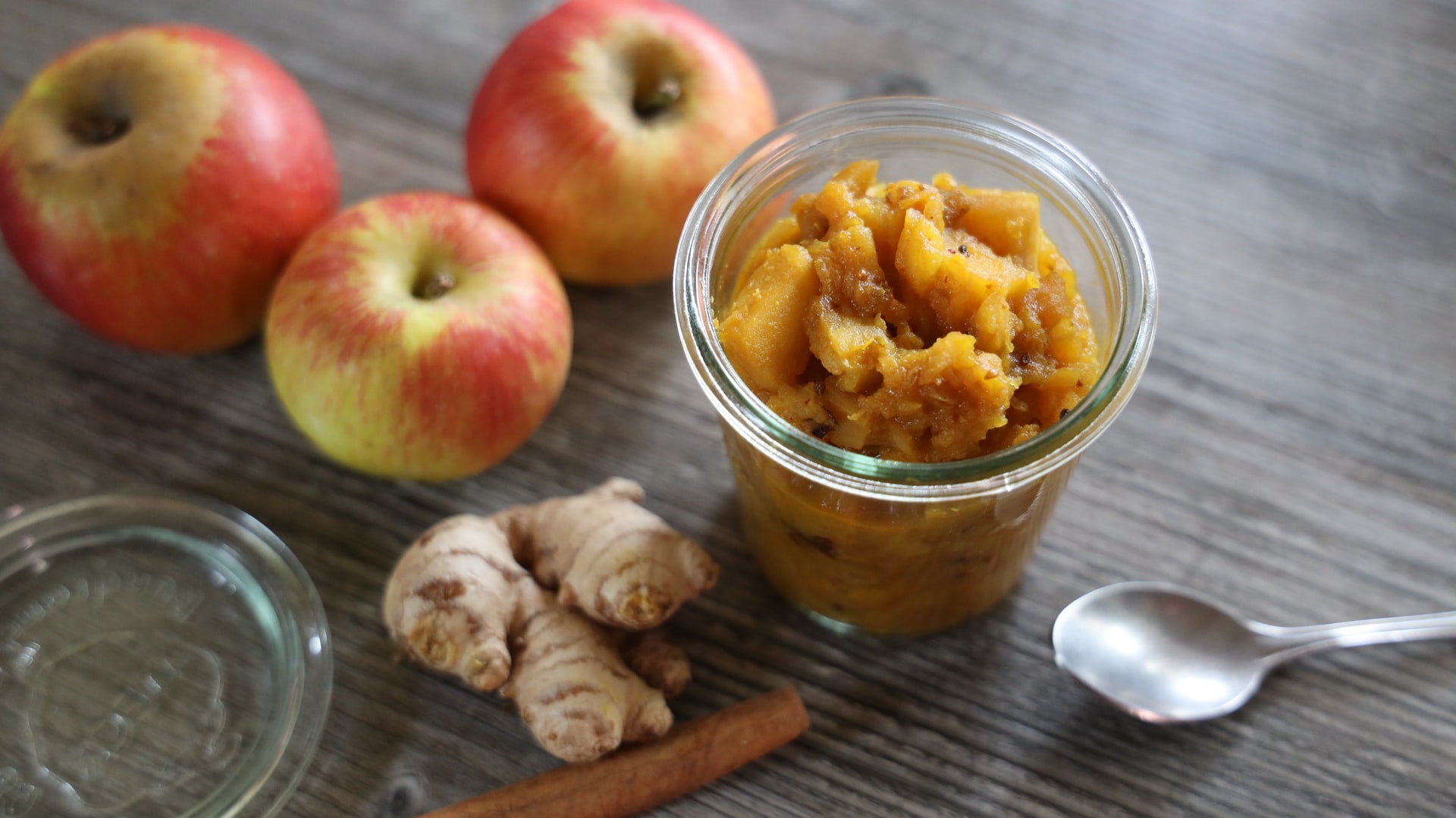Follow Us!
Two Locations To Serve You
- Acupuncture of Morris County45 Pine Street
Suite 7
Rockaway, NJ 07866973-453-6400 is under repair
Please call 201-690-6696 to contact our new office. - Sign up to receive news and updates and get my free report:“The Top 10 Reasons to Try Acupuncture”

- Testimonials
I have suffered from seasonal allergies for almost 20 years. Each year they would progressively get worse- causing severe congestion, sneezing, puffy eyes, headaches, and often a rash. This would continue throughout the spring allergy season, and no pill or home remedy I tried ever really provided relief.
I started seeing David for acupuncture to treat my migraine headaches, and since that had been so successful, I decided to try it for treating my allergy symptoms as well. I was
... Read more »After injuring my left shoulder, I had several months of physical therapy. I regained *almost* full usage of my shoulder and continued with physical therapy exercises on my own, but had to stop. Then the shoulder pain got much worse. I saw an orthopedic surgeon and was diagnosed with a frozen shoulder. Before trying a cortisone shot, I wanted to better understand the alternatives. I recalled how a friend had been helped by David and decided to give acupuncture a
... Read more »After years of suffering with severe pain in the neck, back and down my entire right arm, I was diagnosed with spinal stenosis and disc degeneration of my cervical spine. I had tried chiropractic, massage and had even undergone spinal injections to try to remedy the condition just to get some relief. Nothing had positive results. As an athlete and body builder, this constant nagging pain not only made being active very difficult, but day to day activities were also a
... Read more »I suffered with tinnitus and anxiety about it for a couple of years. I tried all the magic pills and sound machines (to mask the ringing) to no avail. My doctor told me nothing could be done and that I had to learn to live with it. When I got that bad news my anxiety levels went through the roof. The online forums on tinnitus didn’t help matters with their less than rosy outlook on the condition.
Then
... Read more »After playing a lot of golf in Florida this past winter, I suffered from “tennis elbow” of my left arm, which, unfortunately, has “cramped my style” and also has prevented me from playing golf this spring and summer. Apparently, “tennis elbow” isn’t just an overuse injury caused by playing tennis; it’s common to golfers, and it involves strained inflamed outer elbow tendons. Upon my return to NJ, basic arm movements such as being able to wring out a towel or
... Read more » Hours – Morris County
MonClosedTue10:00am-6:00pmWedClosedThu10:00am-6:00pmFriClosedSatClosedSunClosedBy appointment only. Please call our office if you need help scheduling.
Hours – Park Ridge
Mon10:00am-6:00pmTueClosedWed10:00am-6:00pmThuClosedFri10:00am-6:00pmSatClosedSunClosedBy appointment only. Please call our office if you need help scheduling.
-
Latest Articles:
- • Add These 10 Immune-Boosting Foods to Your Fall Diet •
- • Keep Your Skin Healthy and Glowing with these Fall Skincare Tips •
- • Beat End of Year Burnout with these Fall Self-Care Rituals •
-
Recent Posts
Health WellNews
Change your diet, change your blood
What is diabetes? Type 2 diabetes is an epidemic in the west and is usually caused by the production of too much insulin. Why is there too much insulin? Simply put, the insulin is there to combat the amount of glucose in the blood. And carbohydrate foods are quickly turned into glucose in the bloodstream. A diabetic’s blood is tested over a period of 90 days. A popular treatment protocol is using medication with more insulin to bring blood glucose down, but dramatically reducing the amount of carbohydrates consumed actually treats it from a ‘Ben’ level.
In Chinese Medicine we talk about the ‘Ben’ and ‘Biao’. The Ben is the root of the issue and the Biao is the manifestation. In this case the Ben would be the amount of carbohydrate consumed and the Biao would be the body over producing insulin to combat it. When looked at in this way it becomes obvious that to medicate with more insulin may not only be unnecessary, but it could potentially do more harm by perpetuating the long-term progression of the disease, which can lead to more dire symptoms.

Acupuncture treatment can help us to treat the ‘Ben’ by strengthening the organs of the Stomach and Spleen. In Chinese medicine, the function of the Spleen also includes the Pancreas and is often called the Spleen/Pancreas Official. The pancreas is the organ which western medicine understands to produce insulin, which regulates blood sugar levels. When the Spleen meridian organ system is out of balance, it tends towards deficiency and weakness. When the Spleen is no longer functioning properly, we tend to crave sugary foods. The more sugar we eat, the more we can weaken the function of the Spleen, and then the more we crave.
According to Chinese medical thought, almost all addictions stem from some sort of meridian and organ imbalance. The cure for addiction is to strengthen the Qi of the affected organ, the most effective way to do that is through acupuncture treatment which works on the Qi level.
Traditional Chinese Medicine diagnoses for the disease is very different, it looks at differentiations of patterns – meaning different patients present with different patterns of diagnosis according to their varying constitutional types and lifestyle factors. Chinese medicine says that Yin is always deficient, whether that is Lung Yin in the case of diagnosis with excessive thirst. Stomach Yin in the case of diagnosis with excessive hunger, or Kidney Yin in the case of diagnosis with excessive urination. Ways Chinese medicine treatment can bring the Yin back into balance is acupuncture, herbs and rest. In a nutshell, Yin is stillness, rest, sleep. Yang is our active mode. The reason many westerners are imbalanced in their internal Yin is they do not rest enough. This is something simple we can all do more of for greater health.
So in summary the best ways to treat and even reverse your type 2 diabetes diagnosis are diet – reducing sugar and carbohydrate intake to a minimum. And seek out alternatives that can help – acupuncture can help to strengthen organs of digestion helping to reduce sugar cravings. The integration of acupuncture with herbs, can quickly rebalance the internal Yin and Yang of affected organs. More rest – be more Yin!
Foods to address diabetes (Type 2)
- Beans/legumes
- Dairy products
- Dietary fiber
- Dried fruits
- Fish
- Fruits
- Nuts
- Plant protein (decreases the risk of type 2 diabetes in females)
- Polyunsaturated fats
- Seafood omega-3s
- Seeds
- Vegetables
- Whole grains
- Yogurt
Foods to avoid to reduce the risk of diabetes
- High glycemic index and high glycemic load foods
- Nonnutritive sweeteners
- Processed meats
- Red meat and processed meat
- Sugar-sweetened beverages
- Total protein and animal protein
- Trans-fats
- Unprocessed red meats
- Yogurt
Balance Your Sleep Cycle
Insomnia is a growing problem in the Western world. Recent polls show approximately 60 million Americans suffer from some sort of insomnia and nearly nine million of those take a prescription sleep aid. Wow. These numbers are far too high and even though there are lots of alternative and natural methods to fight insomnia, more and more people are going to the doctor to get a prescription. The drawback? Most prescription medications have numerous and sometimes deadly side effects. So let’s look at some ways to get the sleep cycle back on track without turning to prescription medications.

One of the great things about technology is you have everything virtually at your fingertips 24 hours a day. But there’s a lot to be said for unplugging from the Internet. Camping has shown to completely reset the sleep cycle of insomniacs. Your body will actually be able to reset itself after a couple of days, thus allowing your circadian rhythms to do their job and get you back into a proper sleeping pattern. Another way to reset your sleep cycle is to stick to a routine. Set a bedtime and stick to it. This way you are actually training your brain to go to sleep. Do the same things nightly before going to bed too, like having a cup of tea or reading for 30 minutes.
Pay attention to lighting. At night, your house and especially your bedroom should be dark, this signals the brain that it needs to start shutting down. That’s why you should not have a television in the bedroom. Also, when you wake up in the morning, be sure to turn on lots of bright lights or open the shades to let in natural light. This signals the brain to wake up and get going. Doing this regularly will help train your brain and balance your circadian rhythm. Get in some daily exercise. Studies show that people who exercise regularly tend to sleep better and also feel less drowsy in the morning. But make sure to do the right types of exercise at the right times. Save intense exercise classes for mornings and do something more relaxing before going to bed, like bedtime yoga.
Stop ingesting caffeine, alcohol and nicotine. Coffee and caffeine-laden sodas may wake you up in the morning, but if you drink them with dinner, you’re setting yourself up for a restless night. Just do the best thing you can for your body and give up caffeine altogether. Also, many people think a glass of wine or a beer before bed is a good way to unwind. Wrong. Alcohol may bring on sleep initially, but a few hours after you lay down, it acts as a stimulant, causing you to wake up multiple times throughout the night. It’s best to have your last drink about three to four hours before you plan on going to bed. Nicotine works in the same way, just say no and get some sleep instead. Go easy on the late night meals/snacks. When we eat too much too late at night, we set ourselves up for a restless night. Indigestion from eating too late is common. If you’re still hungry right before going to bed, try something light and healthy, like a tablespoon of peanut butter or a handful of almonds.
Give acupuncture a try. Acupuncture balances hormones and fixes imbalances in the body. Thousands of acupuncture patients have gotten favorable results when it comes to insomnia. And, should you need a sleeping aid, herbal formulas are a much better solution to prescription medications. There are many ways to battle insomnia and balance your sleeping patterns. We have mentioned just a few here. So give them a try, find the ones you resonate most with and stick to it. Life can only get better if you do.
Tea for ZZZZs
Getting enough zzzz’s is vital for your body to renew, recharge and rebalance. When you sleep (a good night’s sleep) your body heals and grows stronger. If you’re not getting enough of it, eventually it can affect your health and wellbeing. Below is a list of herbs known to help you catch more solid zzzz’s.
But keep in mind, always check in with a professional. Herbs are medicinal and you should talk with someone who knows how to properly administer them.
- Valerian Root: Helpful when you’re having a hard time sleeping due to anxiety or stress.
- Poppy Plant: Acts as a mild sedative to help encourage a deep sleep when you’re feeling restless and achy.
- Chamomile: Contains antioxidants that help promote sleepiness and alleviate insomnia.
- Lavender Buds: Can improve your sleep quality and relax you too.
Foods for the Winter Season
Everybody knows that food is what gives our bodies the energy we need to survive. But not everybody is aware that certain foods should be consumed during specific times of the year. In areas like the Midwest, where fruits and vegetables are harder to keep on hand when the weather becomes colder, this principle is followed a little more closely. But in areas like Hawaii and Southern California, where fresh fruits and vegetables are always available and the climate is more moderate, people sometimes forget to eat according to the seasons.
Traditional Chinese Medicine is a medical system that has been around for nearly 4,000 years. When this system came into being, people were much more in tune with the seasons and their environment. The foods they consumed were based on the seasons and when those foods were available. This is a system that should be followed for people to remain healthy throughout the year, regardless of where they live.
In Traditional Chinese Medicine, winter is a time of reflection and rejuvenation. The body needs the extra hours of darkness to repair. The kidneys are the center of energy in the Traditional Chinese Medicine system and thus, they need to be nourished during the winter months. It is recommended we consume foods that are warming and that will boost the kidney energy. We also need to eat foods that benefit the Shen (spirit) so that the winter months don’t bring about depression.

Things like soups and stews are extremely important during the cold winter months. Energetically, warming foods such as anchovies, bay leaves, chestnuts, chicken, fennel, leeks, mussels, mutton, nutmeg, pine nuts, sweet potatoes and walnuts are all great to incorporate into the diet. Also, foods that boost kidney energy are just as important. Items like millet, sesame seeds, kidney beans, lamb, beef, goose, duck, eggs, grains, seeds and nuts are all good tonics for the kidneys. Bone broth is another important food to consume during the winter months, as it supports the bones and the kidneys. It is recommended that the foods be cooked for longer periods and at lower temperatures to retain as much energy as possible. It is also advisable to eat more food with bitter flavors while reducing salty flavors, so that heart health is promoted and the workload of the kidneys is reduced. Bitter-flavored foods include apricot, asparagus, celery, coffee, tea, grapefruit, lettuce, kale, vinegar and wine.
One of the most commonly used foods is something known as congee. Congee is a thick grain-based soup or porridge. Congee is used in a preventive fashion to promote good health and strong digestion. Congee can be made with a single grain, like brown rice, or a combination of grains, beans, vegetables and medicinal herbs. Incorporating this item into the daily diet will improve energy levels over time. Congee is prepared in a crock pot overnight, which fits in perfectly with the aforementioned principles of slow cooking at lower temperatures. It is said that the longer the congee cooks, the more powerful it becomes.
Kidney Bean, Tomato & Winter Squash Soup
- 2TBSP butter
- 1 medium red onion
- 4 cloves of garlic, halved
- ½ cup chopped celery
- ½ cup chopped parsnip
- ½ cup chopped yam
- 14 oz plum tomatoes
- Pinch of rosemary
- 3 slices of ginger
- 1-2 small dried hot red peppers
- 1 15 oz can of kidney beans
- 5 cups of water
- 3 cups of Kombachu or butternut or hubbard squash, diced into 1 inch cubes
- Salt to taste, ground pepper
- 1 TBSP balsamic vinegar
- Chopped cilantro/parsley garnish
Heat the butter in a saucepan oven and add the onion. Cook until it is just softened. Add the garlic, parsnip, yam and cook for about 3 minutes over medium heat. Add the tomatoes, rosemary, ginger, peppers, beans and water. Bring to a soft boil, reduce heat, cover and let simmer for about 1/2 hour – stir occasionally. Add squash and simmer for about 1 hour until the squash is tender. Check liquid levels, add water if necessary and don’t forget to stir occasionally. Add salt and ground pepper, adjust seasonings to personal taste. Garnish each bowl with a sprig of cilantro or parsley.
Autumn Immunity
ARMED & READY
Autumn is the season for strengthening our immune system! According to the 5 Element theory of Chinese Medicine, Autumn is the season of the metal element. The metal element is all about structure and boundaries and this is why it is the perfect time to reinforce our defenses when it comes to health and immunity.

Organs of the season: Lung & Large Intestine are the organs of the metal element and the Autumn season. Together these organs form a protective layer against pathogenic factors that often enter through the respiratory and digestive systems. Their Chinese medicine function further explains their role in immunity. Lung commands the qi in the body and has a strong influence on what is called the wei qi or protective qi. Lungs also control skin, the biggest and most outward organ. They regulate the pores, controlling the opening and closing of the pores and help us to sweat when we need to push pathogens and toxins out of our system.
The Lungs are paired with the large intestine, which in western medicine is closely associated with immunity due to the role of the microbiome in preventing infections. In Chinese Medicine the large intestine function of elimination is the main focus. The process of eliminating body waste is crucial to prevent auto-toxicity and a sluggish system that can not defend itself efficiently. In addition to eliminating food waste and toxins, the large intestines are thought to help us move long-standing emotions out of the body. It is the organ that helps us let go.
The emotion of the season is grief as this is the time to shift more inward and release any excess. It is a time in nature when the bright fire of summer life and activity slows down and things begin to die as part of the cycle of nature. This brings with it an instinctual feeling of sadness as we mourn the loss of that life and begin to prepare for the quiet of winter. Any feelings of loss we have felt in our lives can present themselves during this time if we have not fully processed and released them.
Immune Support Tips:
The best way to support the body’s defenses is to bring it into a natural balance with itself and its environment. So, during the fall season, making sure to support the function of the Lungs and Large Intestine will have a lasting effect on immunity year-round.
Breathwork: cultivate your qi and enough oxygen to power your life by applying a little more awareness to your most intuitive function, your breathing. Breathe slow and deep and with loving intention.
Gentle exercise: will help strengthen your lungs and open your pores for sweat.
Dry-brush: your pores are breathing too. Help keep them clean by implementing a dry-brush routine for your skin before showers.
Sleep: the transition from summer to fall is a transition from yang to yin and therefore a time to slow down and get to bed earlier as the days get shorter. Your organs need the rest for repair and will thank you.
Avoid cold, damp (like dairy) and raw foods that slow the digestion and can create phlegm that burdens the lung function.
Eat healthy sources of fiber (nuts, seeds, lentils, legumes, whole grains, veggies and fruits) which assist the large intestine’s job of elimination and help to prevent constipation.
Stay hydrated: both the lungs and large intestines need the right balance of fluids to function properly and can be prone to dryness during the fall season.
Probiotics: Enrich your gut flora and mucosal immunity with fermented foods and probiotic supplements.
Feel and release grief: allow yourself to mourn loss in your life. Think: less judgement and more compassion. The more you make room for actually processing your feelings the easier it is to let them go and move on.
Chinese herbs: Immune boosting herbs like Ginseng, astragalus, cordyceps, and schisandra can lift the qi, nourish the lungs and help fight infections when needed.
Get ready for a fresh start in September with some immune-boosting acupuncture and Chinese herbal therapy! Give us a call today!
Healthy Breakfast Ideas for Fall
Better Breakfast Month
Originating during the first 2 world wars, September was promoted as ‘National Breakfast month’ to encourage citizens to eat a healthy meal before work or school to help concentration throughout the day. Better Breakfast Month, was again encouraged by the Cereal Institute in 1951, but we’ve come a long way since corn flakes and grape nuts. The message to take in quality nutrients in the morning to prepare us for the day makes sense in Chinese Medicine terms as well, but we can adjust some of the suggestions to fit TCM nutritional and seasonal guidance.

Timing: According to the ‘qi clock’ the stomach channel is most active between 7-9 am. This is an ideal time to take in nutrients, while 9-11am is spleen time when the spleen function of transforming food into qi takes over. 12 hours later these organs are in their resting phase so it makes sense to have a light dinner. This resounds with the old adage:
“Eat breakfast like a king, lunch like a prince and dinner like a pauper.”
Warming food and drinks: TCM reminds us that it’s best to start the day with warm foods as they are easy on digestion. Try a warming herbal tea such as ginger. Or if you can’t go without caffeine in the morning, opt for green tea which, despite being cool in nature, balances out the stimulant effect of caffeine with theanine, an amino acid that improves cognition but also soothes and calms the nervous system.
Don’t let your leftovers go to waste! Dinner for breakfast is a great way to have a warm cooked meal in the morning, such as a soup or stew. Proteins can be sourced from legumes & white meat, non-processed dairy (goat/sheep), pungent, fermented foods, and free-range organic eggs.
Eat for the season! Autumn is a time to support the metal element in the body, which is associated with the color white as well as root vegetables and slow cooking methods such as roasting and baking. Consider white-colored foods such as cauliflower, potatoes, turnips, parsnips, almonds, daikon, apples, pears, rice, oats, sesame seeds, onion, garlic and white peppercorns. But don’t be shy with leafy greens, just be sure to cook them well.
Breakfast Bowls! Breakfast bowls are a great way to bring together elements of a healthy breakfast and can be savory or sweet depending on your preference. An example of a savory breakfast bowl could consist of mashed cauliflower with sautéed spinach, mushrooms, and an egg. If you crave a cheesy bite you can sprinkle a little sheep’s milk feta on top.
Grains are also very important in TCM as they have a positive effect on digestion and make a great base for a breakfast bowl, however wheat flour is considered difficult to digest and known to drain the qi. Hot rice cereal can be a quick and easy option for a warm breakfast bowl.
An old classic: Oats have long been associated with breakfast and are actually one of the best grains for breakfast as they are considered warm and sweet in nature and help to build qi and blood. They are also classified as belonging to the metal element so offer a tonifying effect on lungs and large intestine and especially appropriate for the fall season, which is the season of metal. Here’s a sweet breakfast bowl to start your day with a seasonal boost and a smile:
Overnight Oats with Pear & Walnuts
- ½ cup rolled oats
- ½ cup plant -based milk
- ½ Pear diced (asian pears have the most moistening quality to nourish lung yin for the fall season)
- 1 tablespoon chopped Walnuts
- Cinnamon and other warming spices
- Sea Salt
- drizzle diced pears with maple syrup, sprinkle with cinnamon and other warming spices (such as cardamom, ginger and nutmeg) and bake @ 375 for 5-7 minutes
- combine all ingredients into dish or jar that can be closed with a lid
- stir well
- refrigerate overnight
- *heat up in the morning while you set your daily intentions and enjoy!
Get a good breakfast and then give us a call to schedule your seasonal tune-up!

